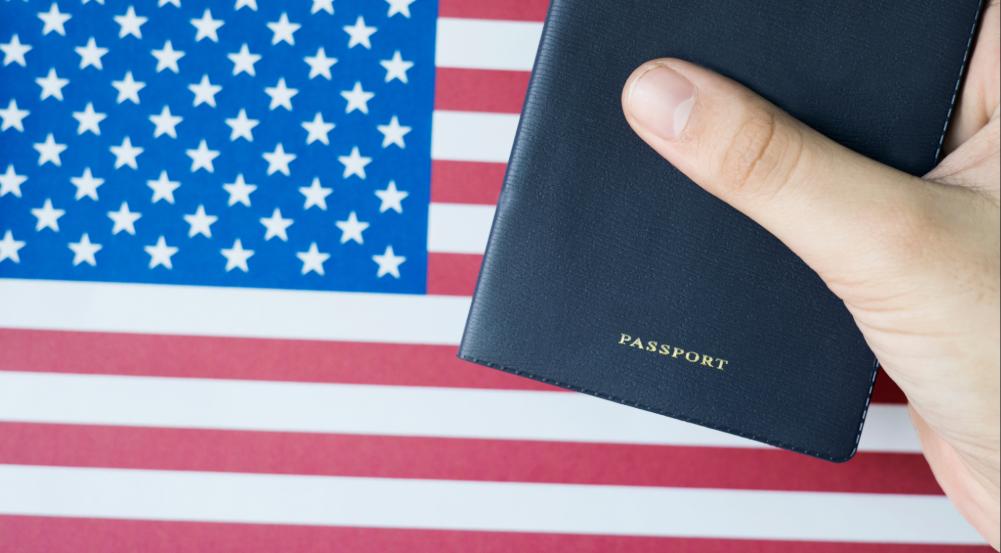Getting Your Green Card
Holding a green card is a dream of so many people who come to the United States. Finally becoming a Lawful Permanent Resident (LPR) can be a relief, and can potentially help people bring family members to enjoy the benefits and opportunities of the U.S.A.
So, how do you become a Lawful Permanent Resident?
The process begins with filing Form I-485.
What Is Form I-485?
If you are already living in the United States, you will use Form I-485 to apply for lawful permanent residency in the United States. This is an adjustment of status for LPRs and citizens’ family members, as well as those with Temporary Protected Status (TPS), employment-based visas, refugees, foreign-born victims of violent crimes, and others.
Form I-485 is a detailed 24-page application that requires several documents and forms to go along with it, as well as a non-refundable fee.
Missing documentation or forgetting a signature can waste precious time adjusting your immigration status. You should always consult with an immigration attorney, such as those at Urena & Associates, to make sure your application is complete and that all requirements are met.
Who Can File Form I-485? Key Eligibility Categories
A person living in the United States can file an I-485 application as long as a U.S. Citizen or LPR is willing to vouch for the applicant (sponsor them). Then, they can apply under the following sponsorship categories:
- Family-based – usually a spouse, parent, or child under 21 is the most successful applicant, but other family members are eligible
- Employment-based – physicians, investors, and professionals with advanced degrees are often preferred, but spaces are available for skilled and unskilled workers.
- Humanitarian-based, including those with asylum or refugee status
- Human trafficking victims or primary crime victims, often with T visas and U visas
- Special immigrants such as religious workers, members of the media, juveniles, and others
- Special programs and additional categories
The I-485 Form breaks down each of these eligibility categories into smaller groups to be more specific. The United States Citizenship and Immigration Services (USCIS) issues a certain number of each type of permanent resident card each year:
- An unlimited number of green cards for the immediate family
- 226,000 family-sponsored preference green cards per year
- 140,000 employment-based preference green cards per year
If the previous year’s applications did not reach the limit for specific categories, those may be added to other categories.
Step-By-Step Processing Timeline for Form I-485
Form I-485 is generally the last step in adjusting your status. Depending on your eligibility group, the steps for filing can vary. In general, the process for filing Form I-485 is as follows:
Establish current status and relationships. In a family-based petition, you will need your family member to file an I-130 Form on your behalf, showing that you are, in fact, a relative of a U.S. Citizen or Lawful Permanent Resident. Otherwise, your employer files a form, usually Form I-140, on your behalf.
Receive your Priority Date. This can be the date when a citizen or LPR filed on your behalf, or when the Department of Labor accepts the application. There are still more variables in determining the Priority Date, but you need to know this date because that is when you can file your I-485.
Submit Form I-485. The time is here! Grab the most recent version and complete every field, checking it over very thoroughly. Mail it in with your application fee, which is $1440 for anyone over the age of 14, and $950 for those under 14. For some categories, it could be less. You also need to provide evidence, which can include :
- 2 passport photos
- Copy of government-issued photo ID
- Copy of birth certificate or other birth-related record
- Inspection and admission or parole document
- Document of immigrant status
- Health and vaccination record, which must show vaccines for Measles, Polio, Hepatitis B, and others
- I-864 affidavit of support, showing that you have your financial support
- Potentially other records and filings showing your immigrant status, criminal records, or various waivers
- Other documents may be required based on the type of sponsorship filed on your behalf
Get a Receipt. The USCIS will confirm they received your application, usually 2-4 weeks after you mail your form.
Attend a Biometrics Appointment. You must schedule and attend this appointment, where you give fingerprints, a signature, and a photo.
Respond Quickly to RFE and Interview Requests. The USCIS might send a Request for Evidence (RFE), asking for more information. With some categories, especially marriage-based applicants, the USCIS may ask to interview the applicant to verify information and confirm the relationship with the sponsor.
Receive Your Final Decision. You will receive a green card in the mail, or you will be given a denial. A denial is not necessarily a rejection, so you may be able to refile. If you ask, they will tell you why your application was not approved.
While you await your final decision, you can also use Form I-765 to apply for an Employment Authorization Document (EAD) and Advance Parole with Form I-131, which may allow you to work and travel before your final decision is issued.
I-485 Processing Times
I-485 processing time can run anywhere from 9 months to 24 months. Processing time can vary based on:
- Type of application (family-based, employment-based, otherwise)
- Which field office is it submitted through
- Country of origin of the applicant
- If you are filing other forms concurrently, such as your I-130 relative form or your I-140 employment form
- If you are missing any information and need to respond to RFE
- Any issues with background checks
- Immigration policy changes
You can learn what to expect for your Form I-485 processing time by using this tool, and then track the status of your application with your receipt number.
Factors That Slow Down or Speed Up I-485 Processing Time
These forms and procedures are complicated and require very close attention to detail. Many things slow down processing time for Form I-485:
- Forgetting to sign the form (you’d be surprised how often this happens)
- Using out-of-date versions of forms
- Incorrect filing fees
- Providing inaccurate or incomplete information
- Failing to update information with USCIS, such as a change of address, while the form is being processed
- Losing your legal status while your form is being processed
- Missing evidence or documentation
- Missing medical information
In rare circumstances, the USCIS may expedite an I-485 form:
- Significant financial loss to a person
- Urgent employment concerns
- U.S. Government interests
- Emergencies and time-sensitive humanitarian reasons
- A death in the family
- Urgent need for medical treatment
- Dangerous or unsafe living conditions
- An obvious USCIS error during the process, such as if the USCIS lost part of your application
If there is a concern about the processing time for Form I-485, you may be able to submit a USCIS Service Request. If that is unsuccessful, you can ask for Ombudsman help through Form DHS-7001, or an experienced immigration attorney can help you file a Mandamus Lawsuit.
Stay Informed and Get Legal Help Early
Some of the many issues facing those with immigration concerns include complicated paperwork, steep fees, and recent policy updates that can affect Form I-485.
Adjusting your immigration status can change every aspect of your life. Give yourself the best possible chance of getting your LPR status the first time with skilled, experienced, attentive legal counsel on your side. Contact Urena & Associates online today, or call us at 1 (888) 817-8599.

